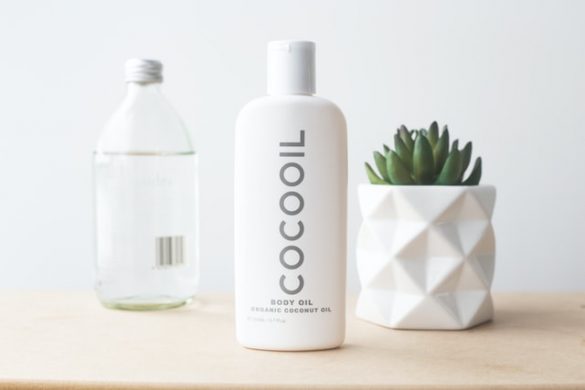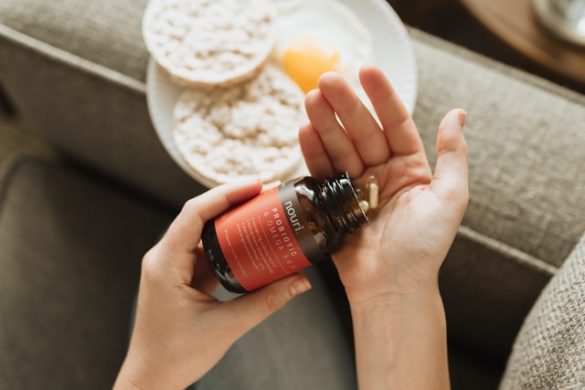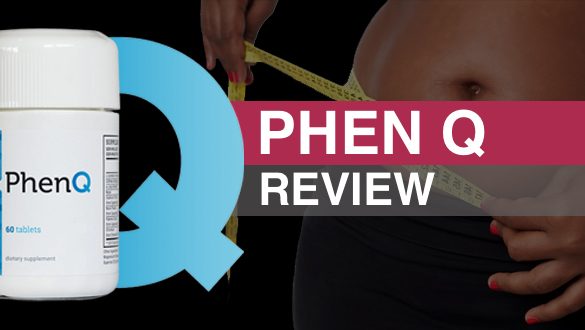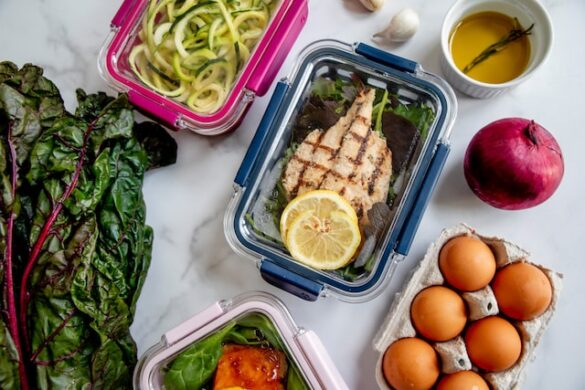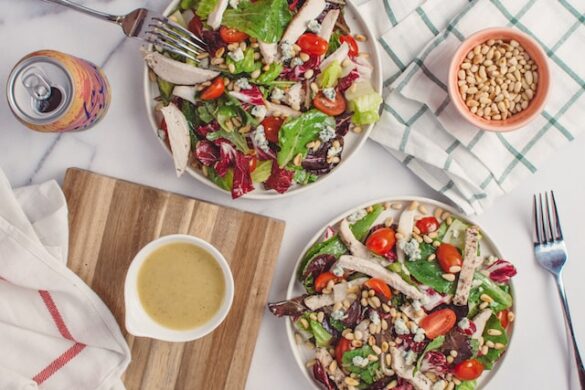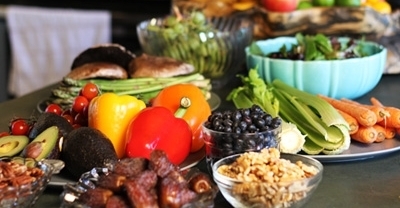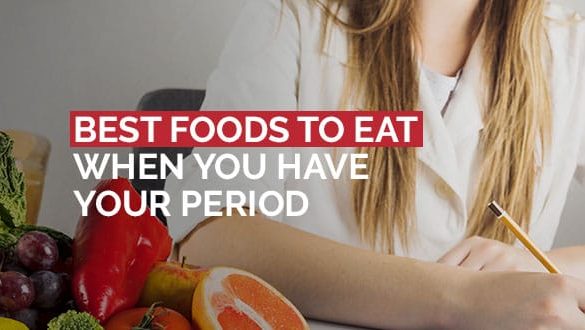I believe that the Shredding Diet for Females is growing in popularity because of its special ability to lower a woman’s calorie intake so that she can lose fat while maintaining her muscle mass at the same time.
This revolutionary diet, which is also commonly known as a cutting diet, is usually practiced by bodybuilders who are aiming for a leaner build after a bulking phase. Nevertheless, it is also suitable for fitness enthusiasts like you and me who wish to achieve a slimmer, yet more muscular body.
One reason why I recommend that you follow My Fit Station’s 7-Day Shred Meal Plan is that it is more realistic for you to stick to the diet for seven days than to starve yourself for a long period. You can lose a few pounds in only one week before you normalize your calorie intake again.
Today, I would like to share with you ten quick tips on the Shredding Diet for Females so you can complete the 7-Day Shred Meal Plan by My Fit Station.
Ten Quick Tips Regarding Shredding Diet for Females

1. Choose Healthy Foods
As you follow this diet, I am encouraging you to consume protein, carbohydrates, and fat that come from healthy food sources.
- Lean Meat: Make lean cuts of chicken, turkey, and beef the star of your meals. According to the U.S. Department of Agriculture (USDA), the leanest beef cuts are top sirloin, roasts, round steaks, top loin, chuck shoulder, and arm roasts. Some examples of lean pork options are tenderloin, ham, pork loin, and center loin. Lean poultry alternatives include skinless chicken breasts and turkey cutlets.
- Nutritious Vegetables: Liven up your meals with green and leafy vegetables that are packed with vitamins and nutrients. Incorporate lentils, beans, and other protein-filled vegetables into your diet as well.
- Whole Grain Carbohydrates: Fill up on whole-grain carbohydrates which come from natural food sources, such as brown rice, whole wheat bread, and oatmeal. The Harvard School of Public Health recommends whole-grain carbohydrates as a better choice than refined grains because they do not lose nutrients during the refining process.
- Healthy Fats: Select food sources which contain healthy fats, including fatty fish, white fish, avocadoes, extra virgin olive oil, nuts, and seeds.
- Water and Tea: Drink a generous amount of water daily. I recommend that you consume a minimum of five pints of water every day. Sip on detoxification teas that do not have high amounts of caffeine, such as green tea and turmeric.
2. Avoid Processed Foods
I would like to discourage you from consuming food items that are processed, as well as food and drinks with high sugar content. Here are some examples of food that you should avoid:
- Microwave meals
- Canned goods
- Instant noodles
- Candy bars
- Store-bought chips
In short, I do not advise you to eat food products that were highly processed in a factory. The National Health Service (NHS) explains that processed foods can lead you to consume more than the recommended amounts of salt, sugar, and fat.
Excessive sugar, salt, or fat may potentially be added to processed foods to improve their flavor and lengthen their shelf life, which could result in higher calories as well. You should stay away from processed foods since you cannot control the type and amount of ingredients that are added to each product.
3. Use Healthy Cooking Techniques
The nutritional content of the ingredients of your meals is indeed important to the success of your shredding diet. Nevertheless, the cooking methods which you use to cook and prepare your food also have a major impact on the results of your diet.
I suggest that you avoid deep or shallow frying because it may unnecessarily increase the fat content of your meals. Instead, you can use one of these healthy cooking techniques that are promoted by the American Heart Association (AHA):
- Steaming: Cook the food over boiling water in a covered pan to preserve its original nutritional value, shape, and texture.
- Braising / Stewing: Soak the food in water or broth while cooking it in the oven or stove. This method may soften the meat and boost its flavor.
- Baking: Bake the food in the oven using gentle heat so that the natural moisture will gradually evaporate.
- Blanching: Immerse the vegetables or other types of food for 30 seconds in boiling water. To retain its crispy, tender texture, cool off the food immediately with ice water to stop the cooking process.
- Grilling: Grill the food on a rack directly over a heat source, such as burning coal or wood. This method will give the food a smoky flavor.
- Poaching: Cook the fish or other kinds of food by immersing it in simmering liquid over a direct heat source.
- Roasting: Roast the uncovered food, such as meat or vegetables, inside the oven.
These healthy cooking methods will enable you to prepare your food with zero to minimal oil so you can reduce your fat intake and retain the nutrients of your food.
4. Eat Food in Moderation
What I like about the Shredding Diet for Females is that it does not require you to starve yourself. If you minimize your calorie intake for a long period, your body may retain fat longer. However, if you cut down your calorie consumption for short 7-day periods while following this diet, your body will burn off the fat as energy.
I advise you to eat healthy foods in moderate amounts to slightly minimize your daily calorie intake. You can spread out your meals at well-paced intervals so that you will not feel too hungry. You can also enjoy certain treats to satisfy your cravings. Eat enough food so that you will feel reasonably full and you can avoid unhealthy food binging.
5. Create a Caloric Deficit
If you want to lose weight, you should create a caloric deficit. In short, you should use more energy than you consume. I suggest that you figure out how many calories you need to achieve weight loss. Medical News Today relates that the exact caloric deficit will vary depending on your weight, body mass index, age, and size.
Compute how many calories you should consume to lower your weight. You can tailor the 7-Day Shred Meal Plan based on your target caloric deficit.
6. Plan Your Meal Timing
I motivate you to utilize methodical planning as you schedule your meal timing while following the shredding diet. While My Fit Station’s meal plan recommends the number of meals per day, you can take charge of the exact scheduling of your meals based on your physical needs and personal preferences.
According to the Journal of the International Society of Sports Nutrition, the right timing of healthy food and dietary supplements can strengthen the muscles, promote the healing of body tissues, and boost the mood after fitness activities.
7. Perform Strength Training
People who are trying to reduce their weight tend to lose, not just fat, but also muscle mass. Thankfully, the shredding diet does not cause muscle loss like crash diets. Still, I encourage you to take active steps to increase your muscle mass through strength training, whether you are a professional bodybuilder or an amateur fitness buff.
Based on a study by the Nutrition & Metabolism journal, a combination of protein consumption and strength training exercises can promote muscle growth. The 7-Day Shred Meal Plan already inspires you to eat a fair amount of protein. You simply need to match it by undergoing strength training workouts. Just make sure to confirm with your doctor or coach which types of exercises are suitable for you given your fitness level and health condition.
8. Don’t Eat Before Workouts
I discourage you from eating too much food starting two hours before workouts, especially if you are planning to perform strength training while undergoing the shredding diet. It is better if you train on an empty stomach instead. Don’t consume a large number of carbohydrates right before you exercise because it may prevent your body from burning fat.
Still, you do not want to run out of energy while you are working out. Women Fitness recommends that you drink a mixture of orange juice and water before you start your workout. You can also replenish your system with healthy proteins and carbohydrates during the two-hour window after you complete your workout.
9. Use Calorie Tracking Apps
You can still use a good old notebook and pen to list down your meal schedule and food portions if you prefer. However, I suggest that you use a calorie tracking app instead to save yourself time and effort in computing calories.
A good calorie tracking program can help you to determine your calorie requirements for weight loss. It makes it simple for you to record your daily dietary data so that you can monitor your progress and be motivated to reach your fitness goals. You can download free and paid apps on your Android or iOS smartphone.
10. Gradually Increase Your Post-diet Calorie Intake
I understand that it might feel natural for you to celebrate the end of seven days by indulging in your favorite food. Of course, there is nothing wrong with celebrating your achievement. Still, Healthline advises that you let your body adjust smoothly by gradually, not immediately, increasing your calorie intake after you complete the shredding diet.
This eventual transition to a normal calorie intake will help you maintain your diet results. It will also allow you to restore your metabolism and hormone levels properly.
Follow the Shredding Diet for Females Now for Optimal Weight Loss and Muscle Gain
I used to think that I needed to choose between losing weight and gaining muscle mass. Maybe you used to believe in the same myth as well. Now, we know that it is possible to enjoy the best of both worlds by going on the Shredding Diet for Females.
You can personally experience the dual benefits of the shredding diet. Take the opportunity to reduce your calorie intake while maintaining your muscle mass by trying this cutting-edge diet. Visit the My Fit Station website today so you can follow the 7-Day Shred Meal Plan. Contact me if you would like to learn more about the shredding diet and its advantages.
Sources:
https://ask.usda.gov/s/article/How-do-I-choose-lean-meat-and-poultry
https://www.nhs.uk/live-well/eat-well/what-are-processed-foods/
https://www.heart.org/idc/groups/heart-public/@wcm/@fc/documents/downloadable/ucm_465750.pdf
https://www.medicalnewstoday.com/articles/cutting-diet#how-to-do-it
https://jissn.biomedcentral.com/articles/10.1186/s12970-017-0189-4
https://pubmed.ncbi.nlm.nih.gov/22594765/
https://www.healthline.com/nutrition/cutting-diet#bottom-line

